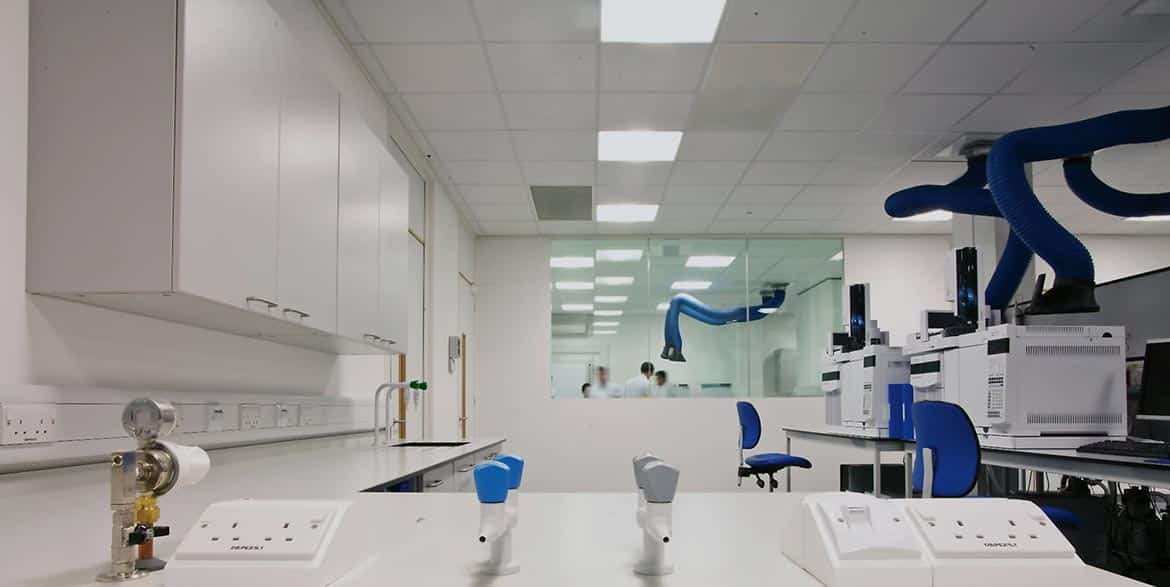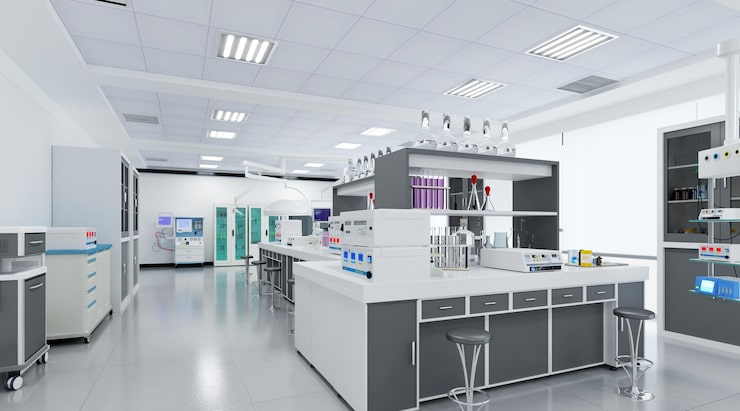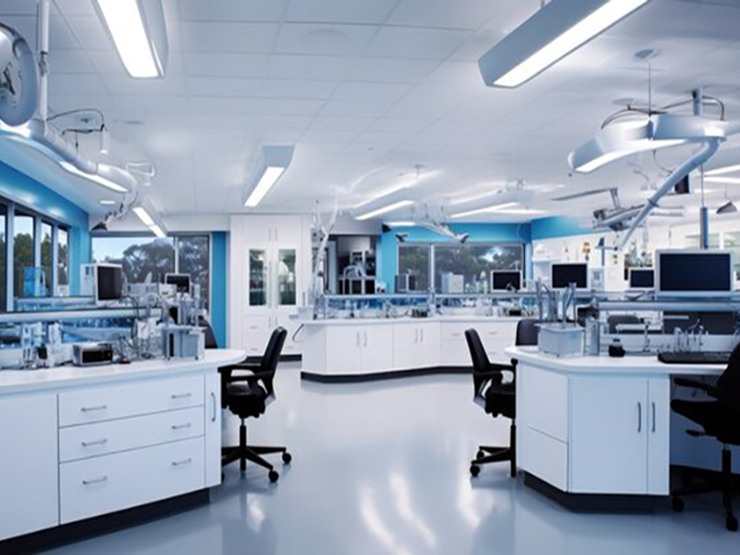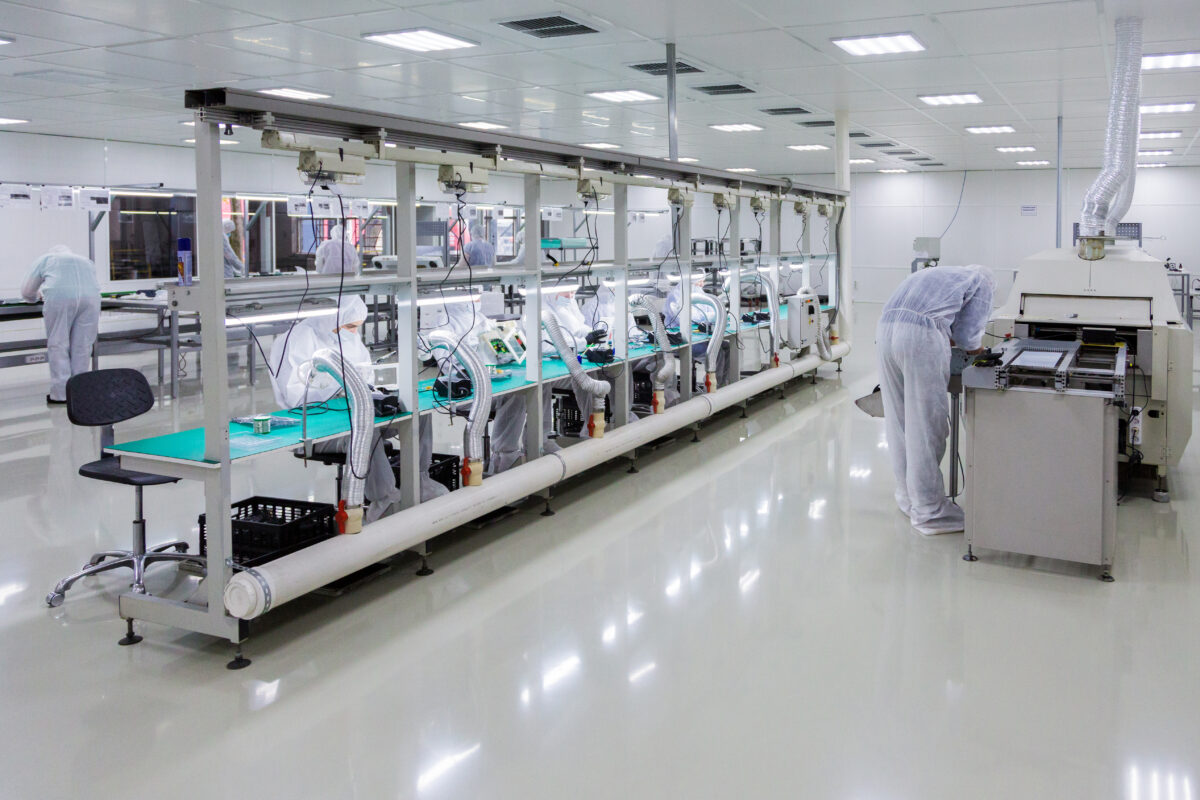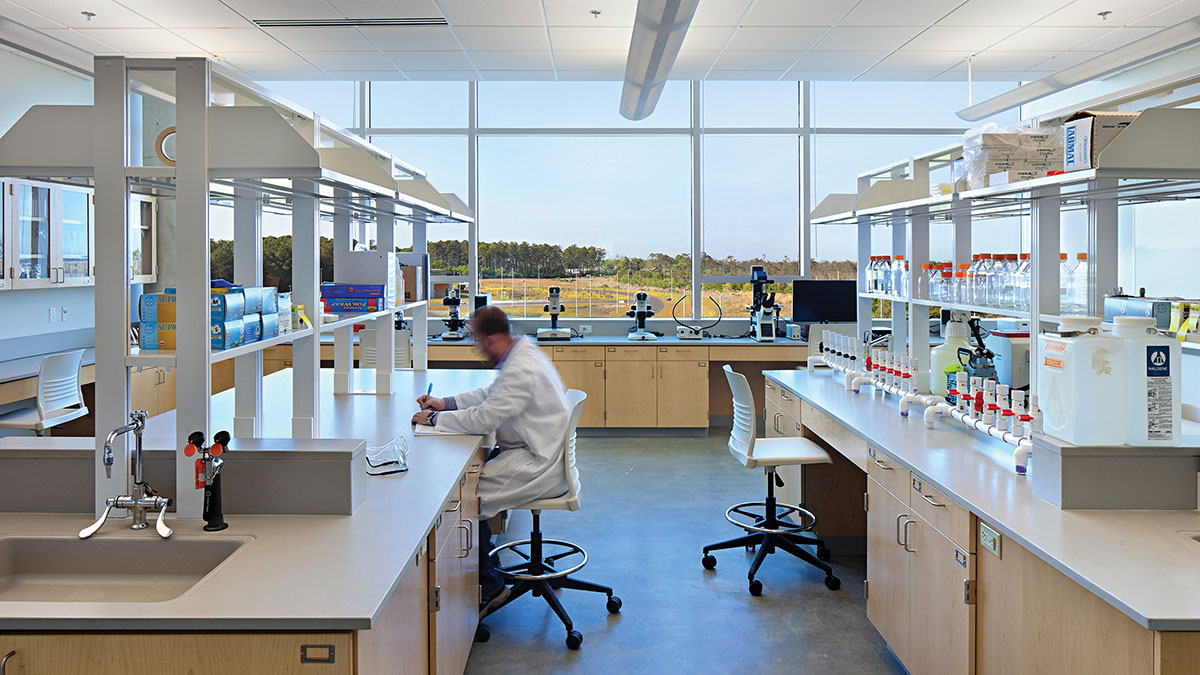In today’s fast-paced research and development environments, laboratories are no longer just about advanced equipment and technology. The comfort and well-being of researchers and technicians play a vital role in ensuring efficiency, accuracy, and long-term productivity. This is where ergonomic lab interiors come into play—creating a perfect balance between comfort and functionality.
Why Ergonomics Matter in Lab Design
Laboratory professionals often spend long hours at workstations, handling sensitive experiments or performing repetitive tasks. Poorly designed interiors can lead to fatigue, musculoskeletal issues, and reduced efficiency. By focusing on ergonomic design, labs can:
- Improve posture and reduce physical strain
- Enhance concentration and accuracy
- Increase productivity and workflow efficiency
- Promote safety and minimize risks of accidents
Key Elements of Ergonomic Lab Interiors
1. Adjustable Furniture
Lab workstations should be designed to adapt to various users. Adjustable-height lab benches, chairs with lumbar support, and mobile workstations allow scientists to switch between sitting and standing, reducing strain and improving comfort.
2. Optimized Layout & Workflow
An ergonomic lab interior ensures that equipment, tools, and supplies are placed logically to minimize unnecessary movement. Clear zoning for wet labs, dry labs, and storage areas helps streamline workflows and reduce wasted effort.
3. Proper Lighting Solutions
Adequate natural and artificial lighting is crucial in laboratories. Task lighting prevents eye strain, while balanced ambient lighting enhances comfort and reduces fatigue during long working hours.
4. Ventilation & Air Quality
Ergonomics isn’t just about furniture—it extends to creating a healthy environment. Proper HVAC systems, fume hoods, and air filtration maintain safety while ensuring comfort for occupants.
5. Acoustic Considerations
Noise in labs can be distracting and stressful. Ergonomic interiors include sound-absorbing materials, partitioning, and thoughtful design to reduce background noise and foster focus.
6. Smart Storage Solutions
Accessible storage units reduce the need for bending, stretching, or awkward postures. Overhead cabinets, pull-out trays, and modular shelving contribute to both efficiency and ergonomics.
Benefits of Ergonomic Lab Interiors
- Enhanced Productivity: Comfortable scientists work faster and more accurately.
- Reduced Fatigue & Errors: Ergonomics minimizes strain-related mistakes.
- Long-Term Health: Prevents repetitive stress injuries and posture-related problems.
- Better Collaboration: Well-planned layouts encourage teamwork and communication.
Designing the Future of Labs
The modern laboratory is a space where science and design meet. By prioritizing ergonomic principles, lab interiors not only support scientific innovation but also safeguard the health and well-being of the people who drive it. In the long run, investing in ergonomic lab interiors is an investment in both research excellence and human comfort.
